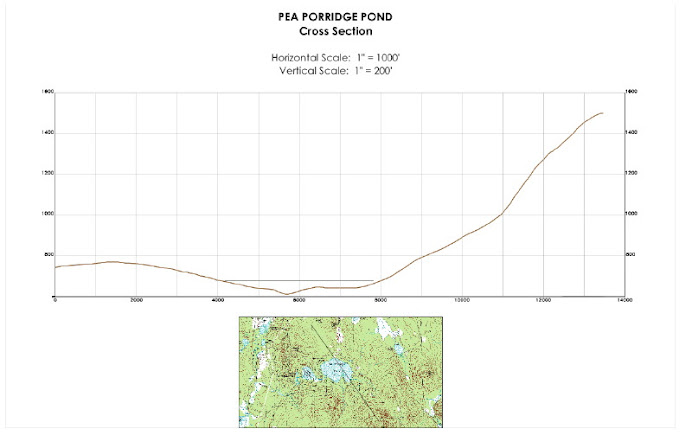





Now that the field work, the really "tough stuff", is finished, I'd like to thank the folks that were so patient with all the logistical and weather-related schedule changes and who worked so hard on the two field days to make the "on the ice" portion of the project a success. Starting at the top and going left-to-right in rows (or top to bottom on the blog), they are:
Dr. Thom Davis & Dr. Lisa Doner: Thanks for furnishing the 2 & 3-inch samplers and related equipment, invaluable drilling and sampling advice, drilling & sampling production consultation, and psychological counseling at several of the project's more discouraging moments. We are very fortunate to have your professional skill and research expertise on our comparatively small research project.
Russ Lanoie & Betsy Fowler: Thanks to Russ for mercifully and resourcefully helping us recover from, and then avoid, the first day's back-breaking work by (a) creatively designing and cleverly fabricating (on very short notice and on a weekend to boot...) the tripod-mounted, come-along sampler retrieval (lifting) system we used to complete the project and (b) by furnishing his Yanmar tractor and trailer for load hauling to and from the project's beachheads. I doubt we'd have completed the second day's work or the field part of the project without this incredibly valuable assistance. We all owe Russ (and Joan) several steak dinners.
Thanks also to Betsy who "held the fort" at the beachhead during both days of field work and who made very creative and timely arrangements for food, drink, and medical supplies out on the ice. She also deserves much credit for keeping the Project Director in-line and properly focused on positive outcomes, despite the seemingly relentless interference of the weather and various logistical complications. She deserves, and will soon receive, a broiled salmon dinner.
Beth Gagnon & Noreen Downs: Thanks to Beth and Noreen for their expertise and patience in making two video records of the project work in the field. Both endured cold windy days of standing about waiting for something to happen in between drilling thrusts and pulls. They also endured some salty language and "project oaths" from those working the platform, but always responded as though they hadn't heard anything and by encouraging us to push ahead, several times offering helpful suggestions of how to do things that had escaped the rest of us. They both intend "to make something more" of the video material they collected, so stay tuned.
Dave Downs & Pete Howland (unfortunately no picture...somehow he slinked away): Thanks to Dave and Pete for working the platform with us on the first and second days. Their practical minds, quiet suggestions, and substantial physical statures were of enormous help in getting both day's work completed. They were always thinking ahead of the operation and were ready with the proper tool or body position on the platform to be just the right help at just the right moment. These guys also deserve steak dinners; arrangements are underway.
Dr. Lee Pollock: And finally, but not least, a special thanks to Lee. Without his energy, enthusiasm, and careful oversight of so many facets of the project's planning and execution, and especially its measurement and documentation along with the general well-being of the Project Director, we would not have completed things as efficiently and thoroughly as we did. Lee was the project's "energy source" for all of its facets, and I am very grateful for his patience, resourcefulness, and encouragement.
So, thanks again to everyone. I am deeply indebted to all. Now, we're on to the next phases of the work.





1 comment:
There is a conspicuous absence from the photo gallery and 'thank you' list -- our noble leader, Brian Fowler. While the rest of us have contributed our various vital parts, every successful production requires The Conductor! As Project Director, Brian used his enthusiastic powers of persuasion to organize the project, bring the pieces together and lead us by his own 'total immersion' example.
The engineering and heavy labor part -- the critical field component -- is accomplished. What lies ahead is the much more time consuming scientific analysis portion. We are all confident in the quality of the material we now have available to us. We can't wait to 'un-zip' the cores and begin the process of unraveling the milennia of history that they contain!
Thanks, Brian, for keeping us on task!
Lee
Post a Comment